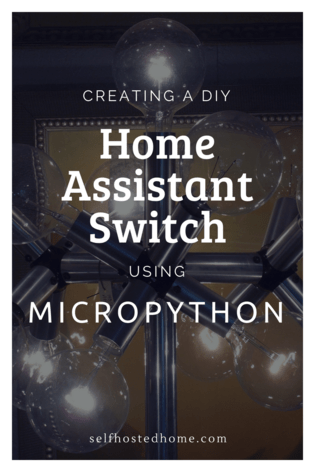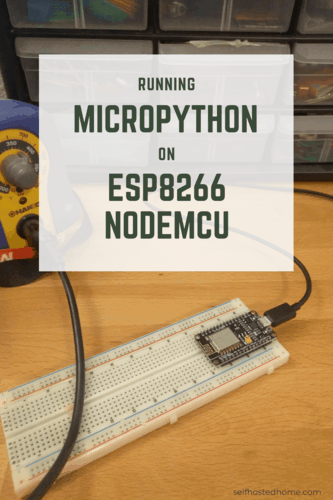I want to add some DIY switches to my Home Assistant automation setup. These switches can control anything, such as lights, fans, blinds, etc… The switches are programmed using MicroPython using the ESP8266 NodeMCU board. Home Assistant will control them using the MQTT protocol. Check out some of my previous blog entries for getting an MQTT broker running with Home Assistant and MicroPython the ESP8266.
Why did I go with MicroPython over Arduino or ESPEasy? I wanted to use Python so that as my needs changed I had a flexible programming language I could use to quickly program a solution. Plus, I just like using Python and hadn’t played with MicroPython yet.
One thing I love about the ESP8266 is that MicroPython is really well supported and they’re pretty cheap. You can get a pack of 2 from Amazon.


